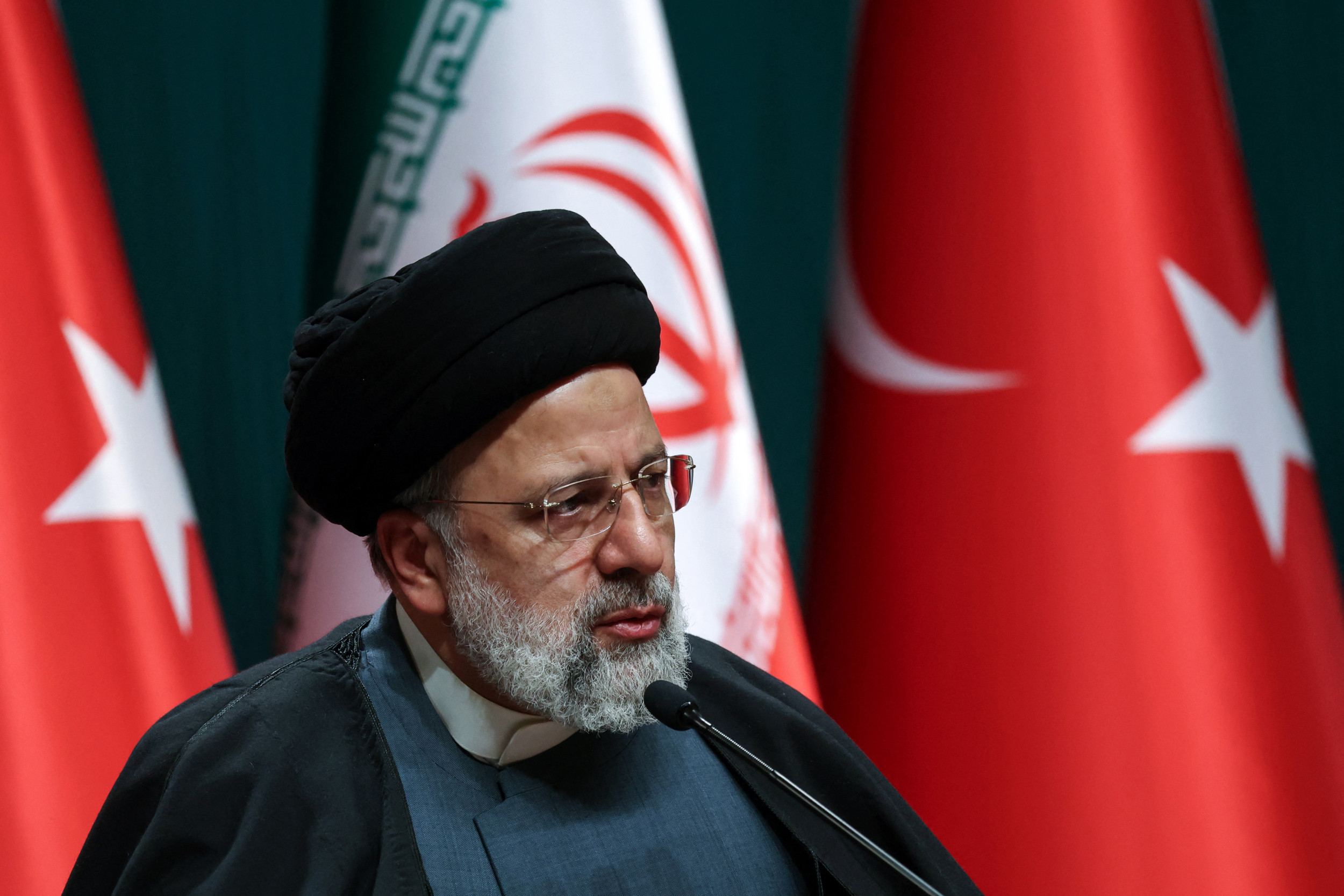The shooting down of an alleged Chinese spy balloon by an American F-22 Raptor on Feb. 4 brought to an end one of the silliest episodes in modern international espionage history—or did it?
The balloon may be gone, but many questions remain about what, exactly, the balloon was doing and if an apparent spy-balloon campaign represents a new threat to the West. Unfortunately, while the entire incident raises important issues, much of the discussion about its implications are misdirected.
Let's start with the most obvious issue: Given China's sophisticated intelligence gathering capabilities, the use of balloons is somewhat baffling. Some reporting suggests that there may be some advantages to "near space" intelligence collection covering low-altitude and surface targets. Unlike satellites that are constantly in motion, they can hover over an area, such as a military facility. This, in theory, could provide useful information that could fill gaps in China's espionage activities. Even if it is true that the balloon is civilian in nature, as China claims, this would not preclude espionage; China has been accused of using scientific research (such as its arctic icebreakers) for intelligence gathering activities. However, the fact that the United States seems to have determined quickly that the balloon did not represent a serious national security risk suggests that any collection was likely minimal.

Nevertheless, the balloon's trip over North America has created something of a spy-panic. In Canada, law makers have questioned why they did not know about the balloon until after it left Canadian airspace. More dramatically, former House Speaker Newt Gingrich opined that the event "could be trial runs for low visibility deliver of devastating EMP [Electronic Magnetic Pulse] weapons" and another Republican representatives suggested that the balloon could carry biological weapons. These claims are hyperbolic nonsense. Given the difficulties deploying such complex systems, balloons seem ill-suited for trans-pacific, near-space weapon capabilities.
Therefore, the spy balloon (which may be a part of a "broader series of operations") has once again raised the problem of espionage in the West. Yet the discussion around it has distorted the actual challenges that the West is presently confronting with China: a relentless campaign of cyber-espionage and the challenge of managing tensions in an era of great power rivalry.
It is important to put these challenges into perspective. Whatever intelligence spy balloons gather, it is almost certainly a fraction of what China can collect from its cyber-espionage program, human intelligence networks and satellites. These espionage programs are pervasive and almost certainly far more damaging to Western economies and national security. For example the 2015 U.S. Office of Personnel Management data breach compromised the highly detailed files of 22.1 million people, including government employees, individuals who underwent a security screening, and their friends and family. FBI and MI5 officials argue that Chinese government's targeting of the private sector poses the biggest long-term threat to the U.S. and UK's economic and national security. In November 2022, Canadian authorities arrested an employee of the country's largest power company on espionage charges, allegedly spying for China.
A second long-term challenge highlighted by the spy-balloon is how the West will be able to manage its relations with China as Washington, and increasingly its allies, focus on the Indo-Pacific. While the panic set off by the balloon is unhelpful, China's choice to use a highly visible intelligence-collection device over the United States raises serious questions. Either it was the result of a decision to send a very deliberate, bold, and blatant message about its capabilities and intentions to the West, or it was a serious error in judgment. Wherever the truth lines, none of this is a good sign for how China thinks (or perhaps does not think) about its relations with the wider world.
Perhaps more disturbingly, reports indicate that during the most recent balloon incident, Pentagon officials were unable to reach their Chinese counterparts shortly after the balloon was shot down. This would not be the first time Beijing refused to take such calls following international tensions, but given the furor over the incident, it raises key questions as to whether there would be clear lines of communication between the two countries in the event of a crisis. Such communication agreements were part of the bedrock of managing Cold War tensions between the United States and the Soviet Union. While we live in very different times, the need for top officials to speak to each other to prevent catastrophe is of the highest importance.
Therefore, to burst the balloon, bursting the balloon may be the beginning rather than the end of managing the challenges ahead.
Stephanie Carvin is an associate professor of international relations at Carleton University and a contributing author to the Centre for International Governance Innovation.
The views expressed in this article are the writer's own.
Uncommon Knowledge
Newsweek is committed to challenging conventional wisdom and finding connections in the search for common ground.
Newsweek is committed to challenging conventional wisdom and finding connections in the search for common ground.





